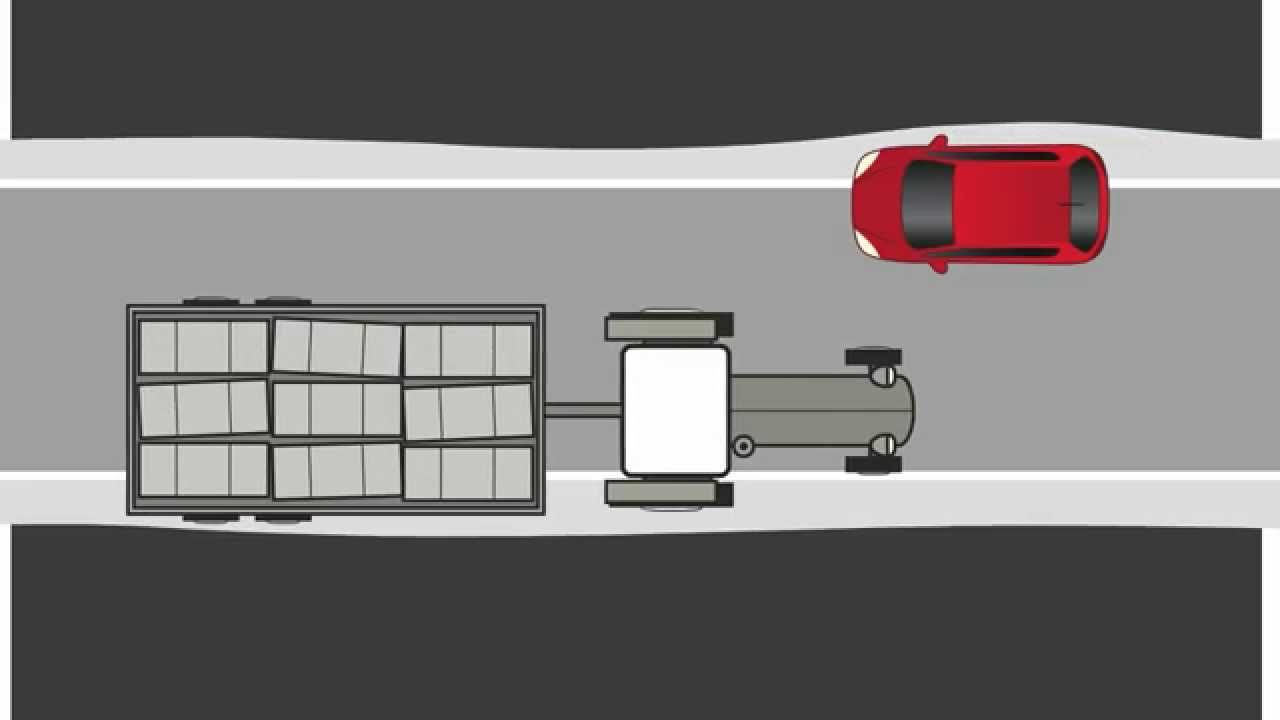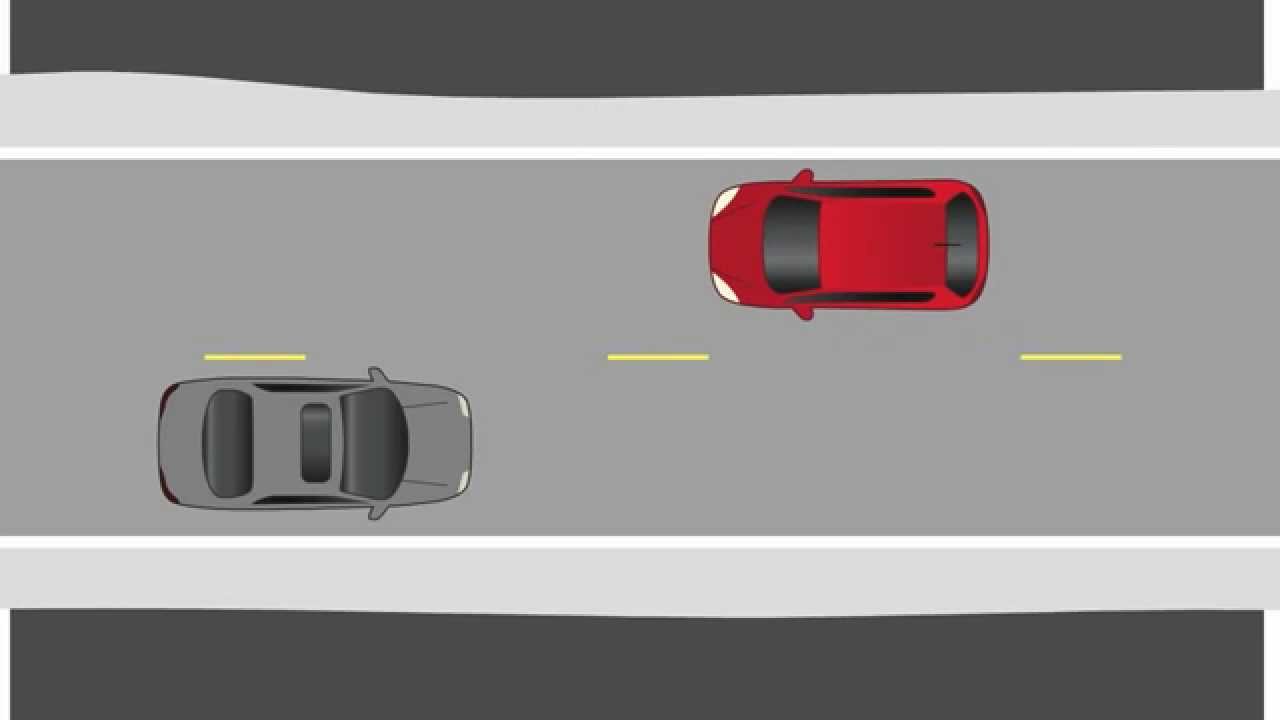When practicing rural driving on country roads, look for narrow roads with no shoulder that have one lane in each direction, straight and curvy sections, and some hills. Intersections should be far apart, and there could be adjacent parks, developments, or driveways. Speed limits may vary; there are often warning signs and speed signs around curves and hills.
If your teen is ready for additional challenges after practice driving on rural roads, access practice lessons about additional challenges, including driving at night, here.
Passing or Yielding to Other Vehicles
Goal:
Know when and how to safely pass in rural areas
Activity:
When there is not much room, if you see a vehicle approach, slow down and pull over to make room. Practice yielding and communicating to other vehicles at intersections or curves by using your horn, headlights or eye contact to show your intentions.
Common Errors:
- May pass at too fast of speed
- Forces other car off the road or worse!
Signs Learner Gets It:
- Pulls over early to allow safe passing
- Is not afraid to stop to allow other vehicles to go by
- Is courteous
- Communicates with other drivers
- Is aware of other vehicles behind his or her vehicle
Speed Management
Goal:
Know how to navigate a route
Activity:
Practice managing speed as the line of site and the road conditions change. Ease up on the gas and use the brake to control speed as you go down hills and around tight curves. Use your imagination to present some hypothetical situations as your teen drives.
Common Errors:
- May not be familiar with potential hazards in rural areas like animals, other vehicles or blind curves and hills
- Tends to drift toward the right
- May have trouble controlling speed
Signs Learner Gets It:
- Never exceeds the posted speed limits
- Adjusts speed to the road conditions
- Looks out for animals and other obstructions
- Manages speed effectively

